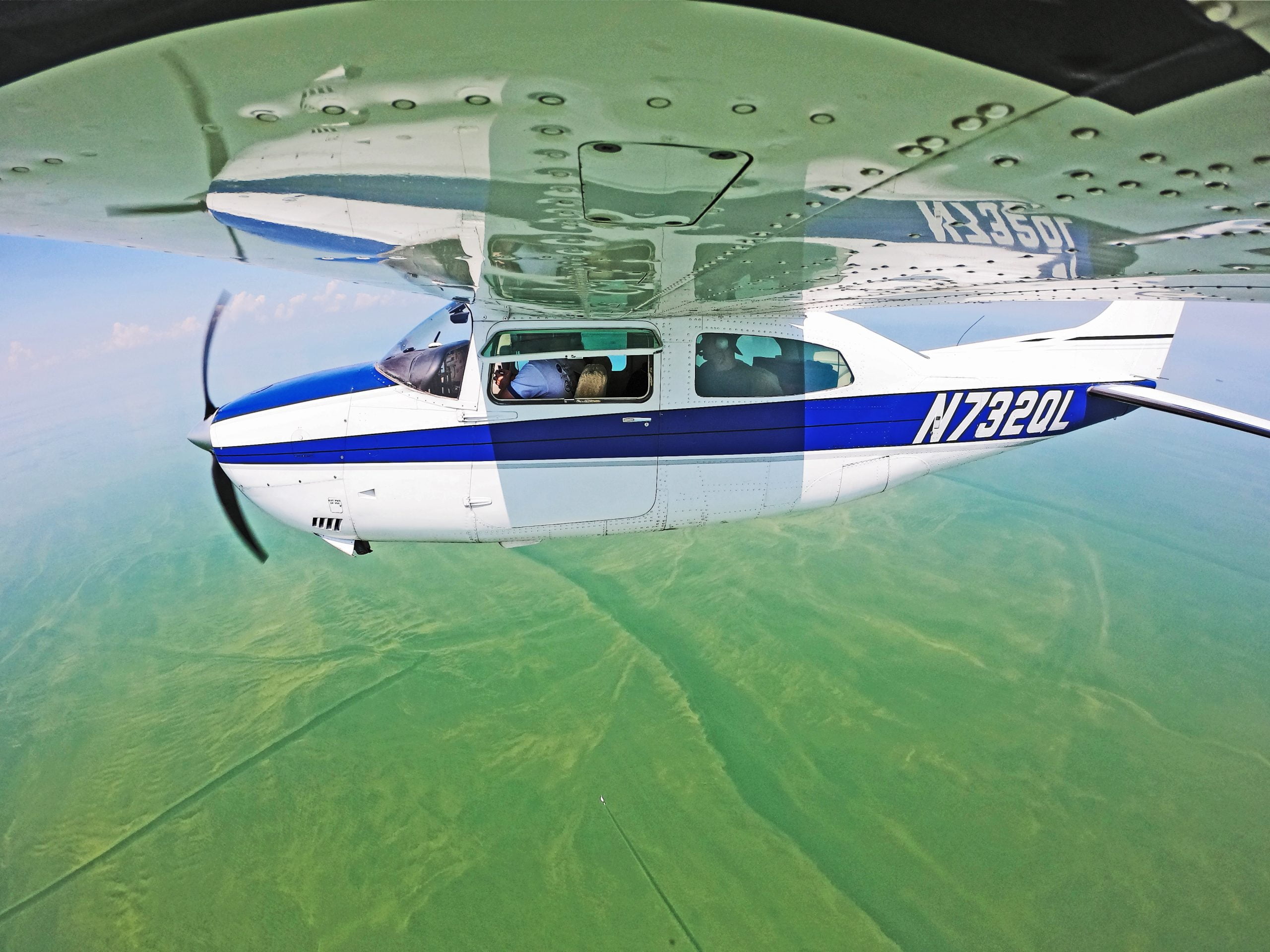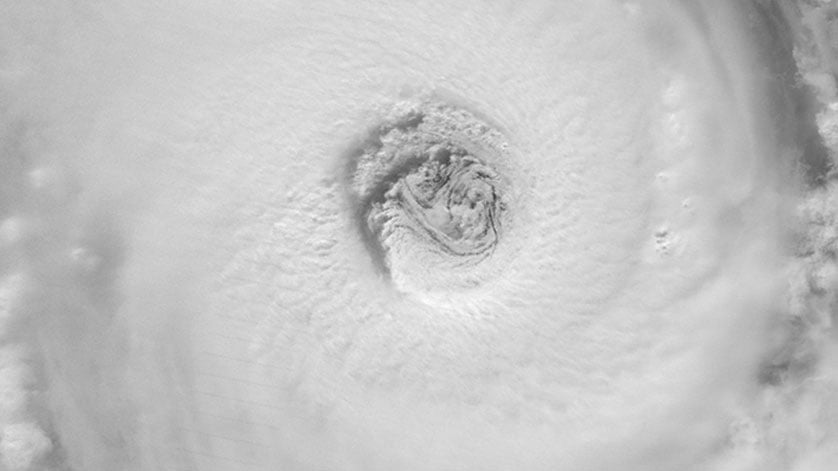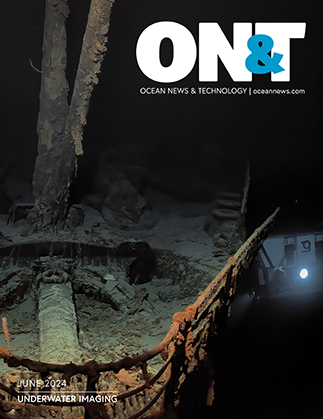The newly-released NOAA Science Report highlights the ways these accomplishments — and many more — provide the foundation for vital services that Americans use every day.
The report, which is broken into four sections, celebrates NOAA’s vital ocean, weather, Great Lakes, and atmospheric research, and how it works to protect lives and property, support a vibrant economy, and strengthen national security.
 Harmful Algal Blooms : A research plane flies over the August 2019 Lake Erie Harmful Algal Bloom. NOAA is using new tools to monitor blooms like this. Photo credit: David J Ruck/Great Lakes Outreach Media
Harmful Algal Blooms : A research plane flies over the August 2019 Lake Erie Harmful Algal Bloom. NOAA is using new tools to monitor blooms like this. Photo credit: David J Ruck/Great Lakes Outreach Media
NOAA Science Report explains why NOAA invests in research and development
NOAA invests in both internal research and development efforts, including NOAA laboratories and science centers, and external research, with funds going towards partners at universities, industry, and other research institutions. NOAA’s research and development addresses the needs of the community and advances fundamental scientific understanding. The report gives examples of how NOAA transitions experimental tools and technology into use by scientists, forecasters, resource managers, and more.
The report spans the entire range of NOAA’s mission, and includes 64 stories that represent a selection of NOAA’s research and development accomplishments, including stories about:
Reducing societal impacts from hazardous weather and other environmental phenomena
- Improving space weather forecasts so astronauts are ready for exploration
- Saving more lives and property with improved timing and path prediction for tornadoes
- Using new NOAA satellite data to predict severe Great Lakes region snowstorms
- Integrating advanced high-performance computing to improve forecasts of hurricanes and other high impact events
- Improving North American heat wave forecasts
Sustainable use and stewardship of ocean and coastal resources with:
- New tools to monitor harmful algal blooms
- OceanReports used for aquaculture siting
- Information on economic impacts of marine debris on tourism-dependent communities
- Drones to map coastline and nearshore waters
A robust and effective research and development enterprise that includes:
- The U.S. Argo Program offering global ocean observations for understanding and prediction of climate variability
- Integrated satellite information on lightning to improve hurricane forecasting
- Earth Prediction Innovation Center (EPIC) to support community modeling and revolutionize the nation’s weather and climate models.
- Improved oil spill modeling and response
- Big data to understand data-poor fisheries
NOAA leads in federal weather, oceanography, marine and freshwater biology, and fisheries research
Between 2011 and 2018, NOAA authored or co-authored 15,686 publications, and more than 90 percent of the articles published have been cited. This reflects the long-term record of research that has increased our scientific understanding of earth systems.
Report profiles excellence of scientific workforce
The NOAA Science Report also highlights the creative and vibrant workforce that is at NOAA’s core, including a new section on NOAA’s strategies to strengthen diversity and inclusion, with a focus on education.
Please download the full 2019 NOAA Science Report to read more.

